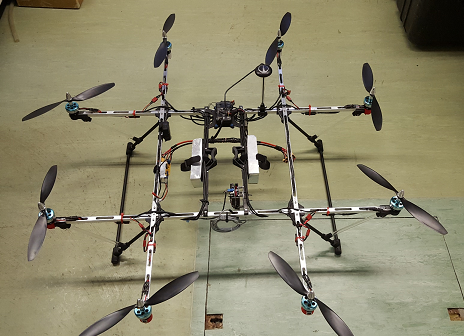Speaker: Joe Girdwood
The Intergovernmental Panel on Climate Change (IPCC) has cited uncertainties in aerosol radiative forcing as the biggest problem affecting the accurate prediction of climate change. In order to determine the magnitude of this effect, accurate measurements of aerosol size and concentration must be performed. This requires a synergy among the development of instrumentation, and the methods of deployment, hence this PhD project concerns the development, validation, and deployment of an unmanned aerial vehicle (UAV) for use in meteorology.
So far, a second generation prototype of the UAV has been developed and flown to a height of 180m above sea level. The sensor package includes an aerosol sensor, and sensors for standard meteorological parameters (temperature, pressure, and humidity).
Traditionally, meteorological measurements are conducted using manned aircraft or weather balloons. When compared to manned aircraft, UAV’s are much more cost effective, can measure at lower altitudes (useful for boundary layer studies), and can travel at slower speeds allowing for higher measurement resolution. When compared to balloons, UAV’s are more controllable, and allow easier retrieval of a sensor payload (balloon payloads are often lost at sea due to coastal launches, or damaged on landing).
The UAV is designed to carry a large variety of sensors. Inputs into meteorological and climate models require measurements of temperature, pressure and humidity. The instrument which records particle data is called the universal cloud and aerosol sounding system (UCASS), this is an optical particle counter developed at the University of Hertfordshire.
The aim of this project is to have a commercialisable UAV which measures the environment, this will be the first of it’s kind designed specifically for this task.
Please contact ThomasPurcell@eaton.com to book
